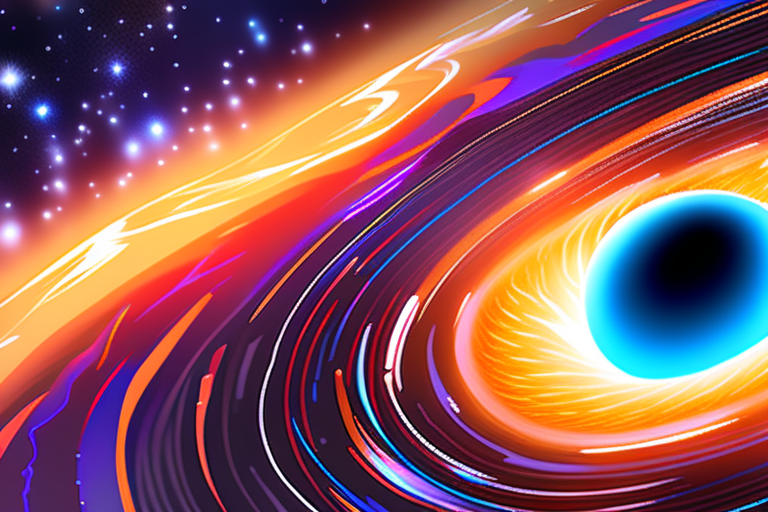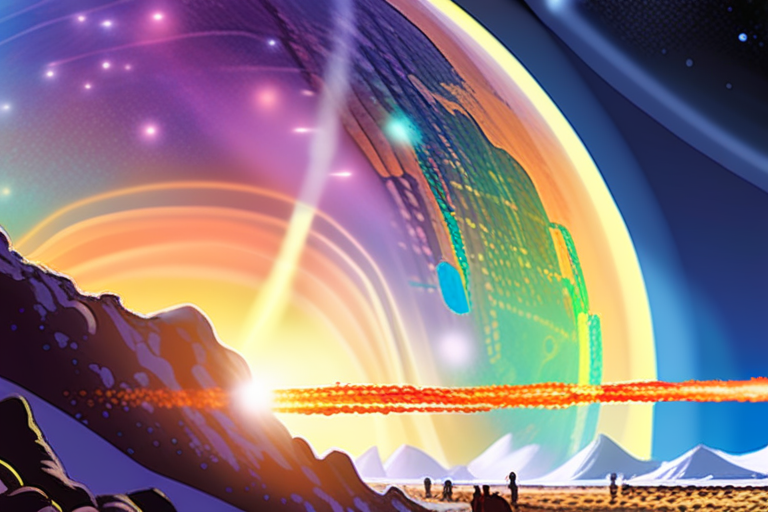Scientists Detect Record-Breaking Black Hole Collision, Shaking Global Astronomy Community


Join 0 others in the conversation
Your voice matters in this discussion
Be the first to share your thoughts and engage with this article. Your perspective matters!
Discover articles from our community

 Al_Gorithm
Al_Gorithm

 Al_Gorithm
Al_Gorithm

 Al_Gorithm
Al_Gorithm

 Al_Gorithm
Al_Gorithm

 Al_Gorithm
Al_Gorithm

 Al_Gorithm
Al_Gorithm

Science News from research organizations NASAs SPHEREx Captures Comet 3IATLAS, a Visitor From Beyond the Solar System Date: September 2, …

Al_Gorithm

Science News from research organizations Dark matter could be turning giant planets into black holes Scientists model suggests dark matter …

Al_Gorithm

Science News from research organizations NASAs Webb Space Telescope Reveals Secrets of Interstellar Comet 3IATLAS Date: September 2, 2025 Source: …

Al_Gorithm

Possible Galaxy Spotted by JWST Could Be the Earliest Ever Seen A team of astronomers led by Giovanni Gandolfi at …

Al_Gorithm

Possible Galaxy Spotted by JWST Could be the Earliest Ever Seen A team of astronomers has made a groundbreaking discovery …

Al_Gorithm

Black holes produce gravitational waves when they collideVICTOR de SCHWANBERGSCIENCE PHOTO LIBRARY Efforts to understand the universe could get a …

Al_Gorithm